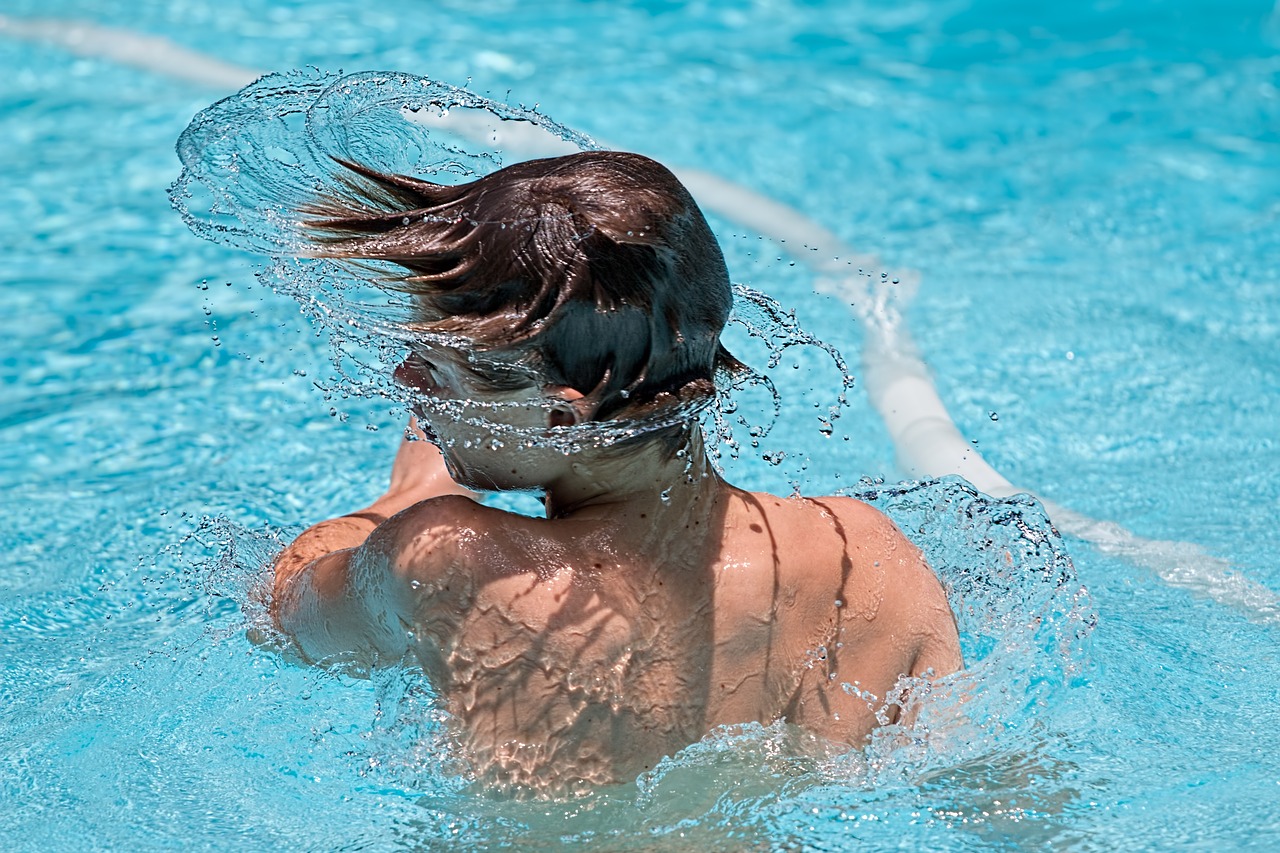A pool is a wonderful addition to a home. In December, “pool” was the most popular search term on the residential ‘for sale’ section of realestate.co.nz, meaning there are plenty of buyers out there who are keeping their eye out for homes with a pool.
Julia Mahony, a mother of two, decided to add a pool to her Wairarapa family home due to scorching hot summers that saw her kids spending more time at the local pool than in their own backyard.
“With two children at primary school, we saw the value in adding the pool to increase their outdoor play time, keep up their water confidence and have lots of family fun”, Julia explains.
”In the past we’d have to drive or cycle to the town pool or the river to swim. Now we can cool off just by stepping outside. We can swim whenever we like, in the privacy of our backyard.”
Before you take the plunge and add a swimming pool to your property, here are seven things to think about.
1. Placement
In urban properties, it is most common to position your pool near the house. Ideally, you want choose a spot that gives the pool plenty of sun and is away from any large trees.
If you have children, you may also want to factor in a line of sight. Julia ensured the pool was placed so that she could watch the children from the deck and through the kitchen window.

Credit- Gino J. Aiello.
2. Size and shape
Have a think about the design and purpose of your pool. A typical family pool has a sloped floor, with a 1.8m ‘deep end’ and a 1m ‘shallow end’ for younger guests.
Julia’s daughter Scarlett, age 10, says that having a deeper pool means more fun: “It’s big enough to dive into at the deep end and we’re learning how to flip in from the sides. Our friends love it and they all want one at their house.”
However, if you want to make swimming part of your daily workout but have limited room in your backyard, a narrow lap pool might be the best option.

3. Surrounds
Set aside space around the pool for a deck or paved area. It’s important to have room around the pool to lounge and relax, as well as allow easy access in and out of the pool.
Think strategically about where you can store pool essentials, such as cleaning equipment and pool toys. Julia’s husband installed a wooden box outside on the deck to permanently store beach towels, so the children don’t traipse through the house sopping wet.
4. Safety
Your pool will need to abide by the NZ Fencing of Swimming Pools Act.
“Pool fencing regulations are very strict but essential to keep people safe,” says Julia.
“We chose partly glass fencing for the most visible area between our courtyard and the pool (I don’t like swimming pools looking like a cage) and cheaper aluminium fencing for less visible areas, tucked around the corner.”
Start thinking about the style of fence you’d like to install and don’t forget to add this to the project budget.
5. Water quality
Healthy, sparkling-clean water is a product of good filtration and chemistry. A high water turnover and efficient filtration can bring down chemical demand and cost.
There is a huge range of sanitising systems available, but most pool owners choose chlorine derived from liquid, tablets or salt.
Julia opted for a fibreglass composite salt water pool, with a tiled edge, which looks stylish and was relatively quick to install.
6. Cleaning
Think about the maintenance required to keep your pool nice and clean. Do you have time to do this?
Julia’s family chose to clean the pool themselves to keep costs down: “I have a husband with very long arms, who’s happy to clean the pool! Self-cleaning/paid maintenance options were too expensive and we can do it for free.”
If you know you won’t have the time to clean the pool yourself, start looking in to the costs of hiring a professional to help out and budget accordingly.
7. Heating and covers
Heating your pool by solar, heat-pump or gas will significantly extend the swimming season and boost the temperature on colder or windy summer days. But, depending where in the country you are, you may decide not to heat your pool.
In the Wairarapa, where summer temperatures regularly reach the 30s, Julia decided against installing a heating system: “We wanted to spend the first summer without heating, to see if it was needed. At the moment, we have no plans to heat the pool next summer, as the water has reached a very nice temperature without it. We cover the pool religiously at night, to retain heat.”
A good cover helps keep the costs down by retaining the pool’s temperature when you’re not swimming.
All in all, Julia’s family have enjoyed their first summer with a backyard swimming pool. The biggest difference? The number of guests they’ve had popping by for afternoon swims and evening BBQs.
“We’ve definitely seen an increase in the number of our children’s friends coming to visit! But we love that. The kids spend the day dipping in and out of the pool having lots of fun with us and their mates.”

article courtesy Gracie Allum


